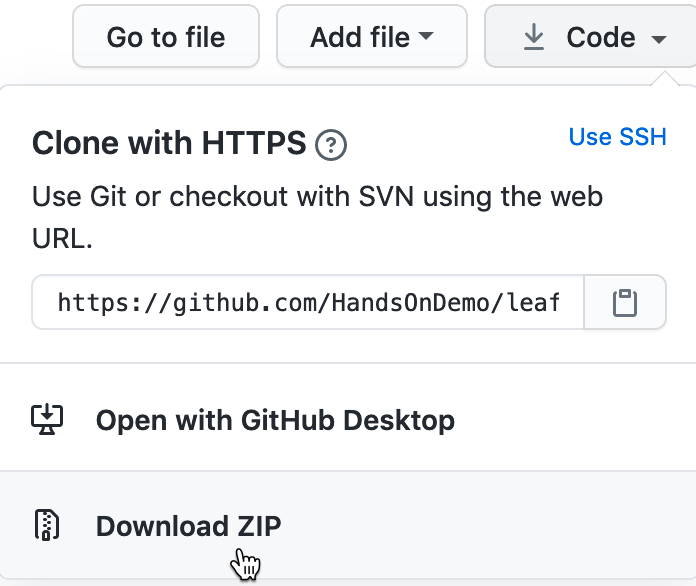GitHub for Students: A Step-by-Step Guide
GitHub is one of the most important tools for students learning programming, data science, or tech in general. It’s not just a place to store your code — it’s where you can showcase your projects, collaborate with others, and build a portfolio that recruiters love.
In this guide, you’ll learn how to create a GitHub account, set up your first repository, and start using it like a pro — all step by step.
1. What is GitHub?
GitHub is a cloud-based platform for version control using Git. It helps you:
- Keep track of code changes.
- Work with teams on projects.
- Share your projects publicly (or privately).
For students, it’s also a great portfolio tool — recruiters often check GitHub profiles when hiring for internships or jobs.
2. Sign Up for GitHub
- Go to github.com.
- Click Sign up and fill in your details.
- Pick a professional username (e.g., chhavi-codes).
- Verify your email.
Tip: Your username becomes part of your profile URL, so choose carefully.

3. Install Git (Optional but Recommended)
Git lets you manage code locally on your computer before uploading to GitHub.
Download Git: git-scm.com
After installing, you can use commands like:
git init
git add .
git commit -m "First commit"
git push
4. Create Your First Repository
- Click New Repository on GitHub.
- Give it a name (e.g., my-first-project).
- Add a README.md → this explains what your project is about.
- Click Create Repository.

5. Upload Code to GitHub
You can upload your project in two ways:
Option A: Direct Upload (Browser)
- Open your repository → click Add file → Upload files.
- Drag & drop your project files → commit changes.

Option B: Using Git Commands
Open terminal / Git Bash:
git clone <repository-url>
cd <repository-folder>
git add .
git commit -m "First commit"
git push
6. GitHub Student Developer Pack
Students can apply for the free GitHub Student Pack:
- Free tools, cloud credits, and domains.
- Apply here: education.github.com/pack
7. Tips for Students
- Keep repositories public → recruiters can see your work.
- Always write a README.md → shows professionalism.
- Contribute to open-source projects → adds value to your profile.
- Pin your best projects on your profile.
Conclusion
GitHub is more than a code storage tool — it’s your portfolio, collaboration hub, and a gateway to better tech opportunities.
🎯 Action Step: Create your first repository today and upload a small project. Share your GitHub profile with friends or in comments to get feedback.
No comments:
Post a Comment